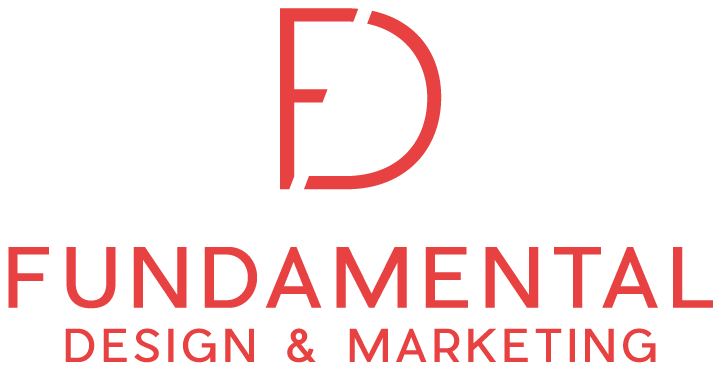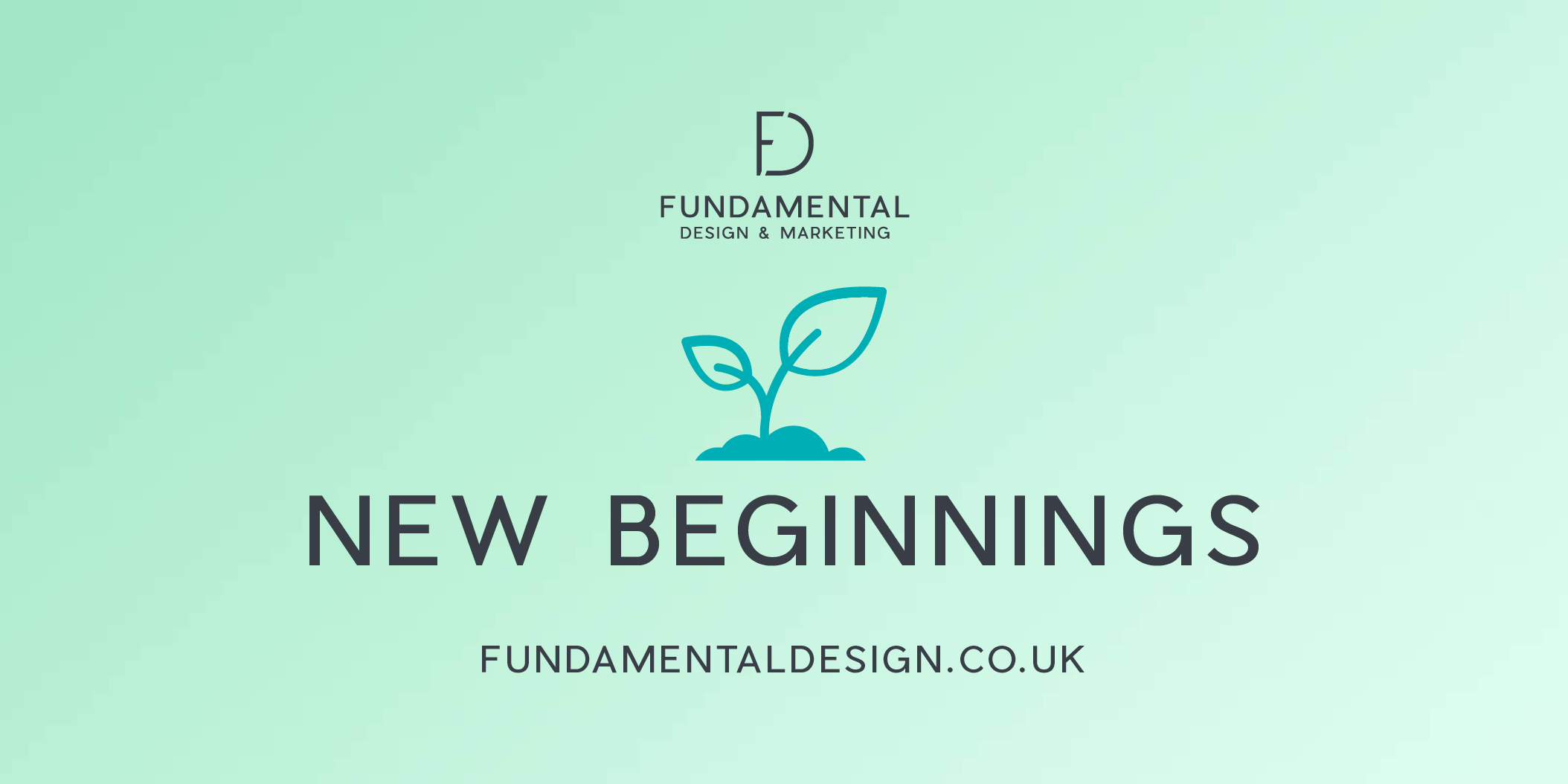A Brief layout
After the initial introduction to a new client one of the most popular questions tends to be; “what do you need from me?”.
Now, this can be a response thats as long as a piece of string; but any designer worth their salt should be able to extract the required information from a client through a series of questions.
This is more commonly referred to as a ‘brief’ and something that can be invaluable for a designer and to the success of a project. It will a) ensure they deliver the client’s concept accurately b) act as a reference point, should it be required, at the end of the project and c) make the process more efficient and cost-effective; the designer won’t have to continually ask you questions about your business or the project.
To help you form a brief, ahead of speaking with your designer, and elevate you to the mythical echelons of Unicorn in your designer’s mind, here are a few tips to help you construct a comprehensive document.
What is it that your business does?
Be clear and concise and try to refrain from using industry jargon. It is best to assume that your designer knows nothing about your industry.
What do you want to achieve?
There are a number of facets to this question, including:
- What is the project goal?
- What are you trying to communicate?
- Why – are you trying to generate product sales or increase awareness of your product or service?
- Who are your competitors and why are you different from them?
- Is this a new brand or are you updating existing materials?
Identify your Target Audience
What is the demographic of your audience? Of those you want to reach, try to list as may areas as possible, but for starters consider: age, gender, views, income, employment, lifestyle.
Are you providing the content?
Is there any copy that needs to be included in the design? And if so, who is providing the copy?
More often than not your designer will offer their services or be able to recommend a copywriter that they work with who can ensure an accurate delivery of copy in as few versions as possible.
Are there any pictures, photographs or diagrams that need to be utilised? Are these provided or to be drawn up as part of the project? Again, your designer will have contact with photographers, assuming that they don’t also offer this service in house.
What is the project specification?
- Do you have an existing brand guideline document that must be followed?
- Where is your project going to be used – The web, business cards, stationery, brochures or vehicle livery?
The more details you can provide, the better. This will also help your designer to provide you with a more accurate project estimate.
The Budget
A budget is an essential part of any project and it is important to set one at the start of the project. You need to decide what is available to spend before you get to the brief.
This can be challenging if you have never employed the services of a designer before. If you can provide a range or ball-park number, it enables your designer to asses the project against this figure and it opens communications to negotiate. A confident, time-served designer will be able to advise you what can be achieved within the initial budget.
Deadline
Not only required to determine the point of delivery but also to facilitate a conversation between you and your designer to schedule key dates throughout the project at which they can present updates.
Keep in mind the various stages of the project, such as: consultation, concept development, production, art working and delivery.
It’s over to you…
to now deliver the most thorough briefing document possible before your designer has even asked for it! You will go down in folklore and be the client that all designers want to work with.
Of course, if you choose to employ the services of the wonderful team here at Fundamental Design then we will assist you in pulling this information together and provide our standard partnership approach to deliver the most creative solution possible.

